| |
|
|
Botanical Name |
: |
Garcinia mangostana L. |
English
Name |
: |
Mangosteen |
Synonym(s) |
: |
Mangostana garcinia Gaertner |
Family |
: |
Clusiaceae |
| |
General Info
| Description |
 |
|
A dioecious tree, 6—25 m tall, with a straight trunk, symmetrically branched to form a regular pyramidal crown. Leaves opposite, with short petioles clasping the shoot so that the apical pair conceals the terminal bud; blades oblong or elliptical, 15—25 cm x 7—13 cm, thickly leathery, entire, cuspidate at the apex, glabrous and olive-green above, yellow-green beneath with pale green central nerve, prominent on both sides and with many evenly spaced prominent side nerves. Flowers solitary or paired at apices of branchlets, with short and thick pedicels, ca. 5.5 cm in diameter; sepals 4, arranged in 2 pairs; petals 4, thick and fleshy, yellow-green with reddish edges; staminodes usually many, 1—2-seriate, ca. 0.5 cm long; ovary sessile, subglobose, 4—8-celled with prominent sessile 4—8-lobed stigma. Fruit a globose and smooth berry, 4—7 cm across, turning dark purple at ripening, with persistent sepals and still crowned by the stigma lobes; pericarp ca. 0.9 cm thick, purple; 0—3 of the cells containing a fully developed seed, enveloped by a white arillode. |
| Herb Effects |
 |
|
Acts as a febrifuge (decoction of the leaves and bark); emmenagogue (root decoction); astringent (rind extract) |
Chemistry
| Active Ingredients |
 |
|
Ascorbic acid, beta-carotene, citric acid, mangostin, niacin, pectin, riboflavin and thiamin (fruit); betulin (leaf). |
| Chemistry
of Active Ingredients |
 |
|
|
 |
Name |
CAS# |
IUPAC Name |
Formula |
Structure |
 |
|
| Ascorbic Acid |
Not Available |
2-(1,2-dihydroxyethy
l)-4,5-dihydroxy-fur
an-3-one |
C6H8O6 |

|
| Beta carotene |
7235-40-7 |
3,7,12,16-tetramethy
l-1,18-bis(2,6,6-tri
methyl-1-cyclohexeny
l)-octadec
a-1,3,5,
7,9,11,13,15,17-nona
ene |
C40H56 |
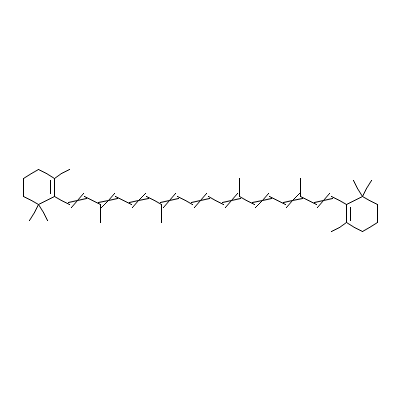
|
| Citric acid |
Not Available |
2-hydroxypropane-1,2
,3-tricarboxylic
acid |
C6H8O7 |

|
| Mangostin |
Not Available |
1,3,6-trihydroxy-7-m
ethoxy-2,8-bis(3-met
hylbut-2-enyl)xanthe
n-9-one |
C24H26O6 |
|
| Niacin |
99148-57-9 |
Pyridine-3-carboxyli
c acid |
C6H5NO2 |
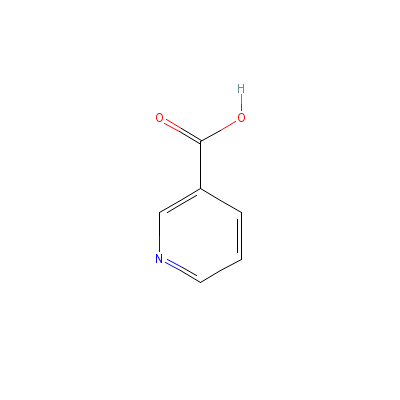
|
| Pectin |
9047-18-1 |
Not Available |
Not Available |
|
| Riboflavin |
Not Available |
Not Available |
C17H21N4O9P |
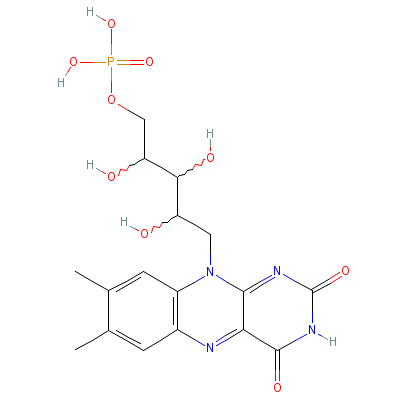
|
| Thiamin |
59-43-8 |
2-[3-[(4-amino-2-met
hyl-pyrimidin-5-yl)m
ethyl]-4-methyl-1-th
ia-3-azoni
acyclope
nta-2,4-dien-5-yl]et
hanol |
C12H17N4OS+ |
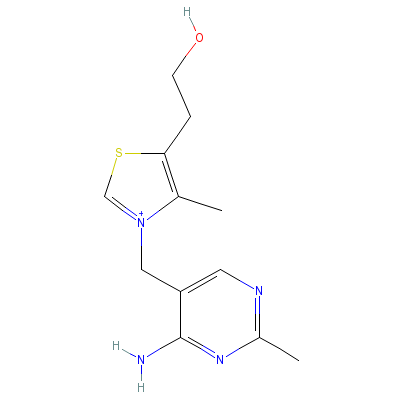
|
| Betulin |
Not Available |
Not Available |
C30H50O2 |
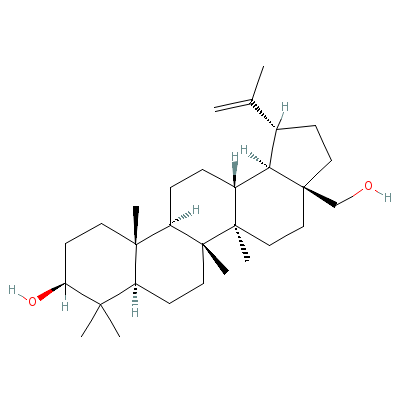
|
|
Pharmacology
| Medicinal Use |
 |
|
The sliced and dried rind is powdered and administered to overcome dysentery. Made into an ointment, it is applied on eczema and other skin disorders. The rind decoction is taken to relieve diarrhea and cystitis, gonorrhea and gleet and is applied externally as an astringent lotion. A portion of the rind is steeped in water overnight and the infusion given as a remedy for chronic diarrhea in adults and children. The rind extract is used in catarrhal conditions of the throat, bladder, urethra, and uterus, etc. A decoction of the leaves and bark is used to treat thrush, diarrhea, dysentery and urinary disorders. A root decoction is taken to regulate menstruation. A bark extract called "amibiasine", has been used for the treatment of amoebic dysentery. An infusion of the leaves, combined with unripe banana and a little benzoin is applied to the wound of circumcision. |
Dealers
Products
|
|
|
|
|